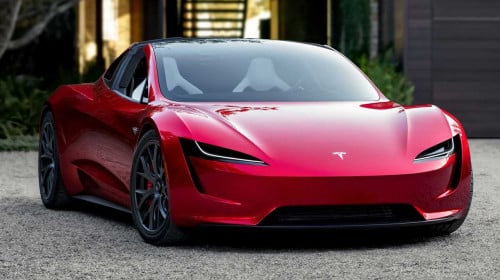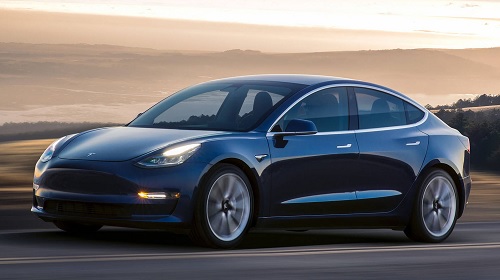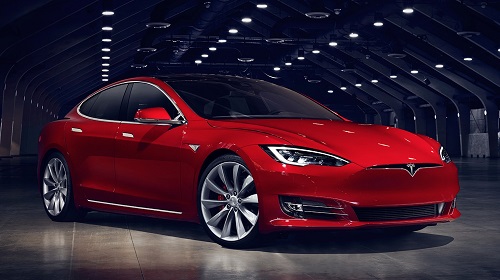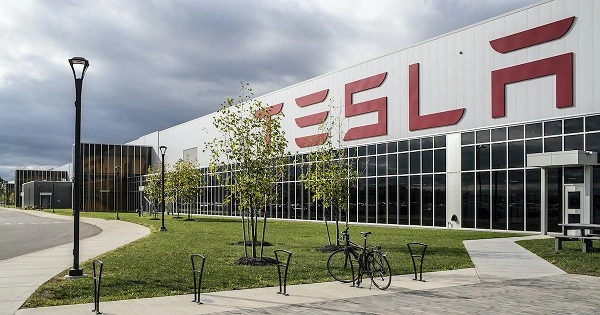
Tesla: Revolutionizing Electric Vehicles and Clean Energy
Tesla, Inc. is an American electric vehicle and clean energy company founded by Elon Musk, JB Straubel, Martin Eberhard, Marc Tarpenning, and Ian Wright. The company's name is inspired by the physicist and electrical engineer Nikola Tesla. Tesla Is Headquartered In Austin, Texas, USA.
Tesla Models
History of Tesla
Founding of Tesla and Elon Musk.
The story of Tesla is a fascinating journey of innovation, challenges, and the pursuit of sustainable transportation and clean energy. Let's dive into the long story of Tesla. Tesla, Inc. was founded in 2003 by a group of engineers and entrepreneurs, including Martin Eberhard, Marc Tarpenning, JB Straubel, Ian Wright, and Elon Musk. The company's initial goal was to produce electric vehicles that could rival traditional gasoline-powered cars.
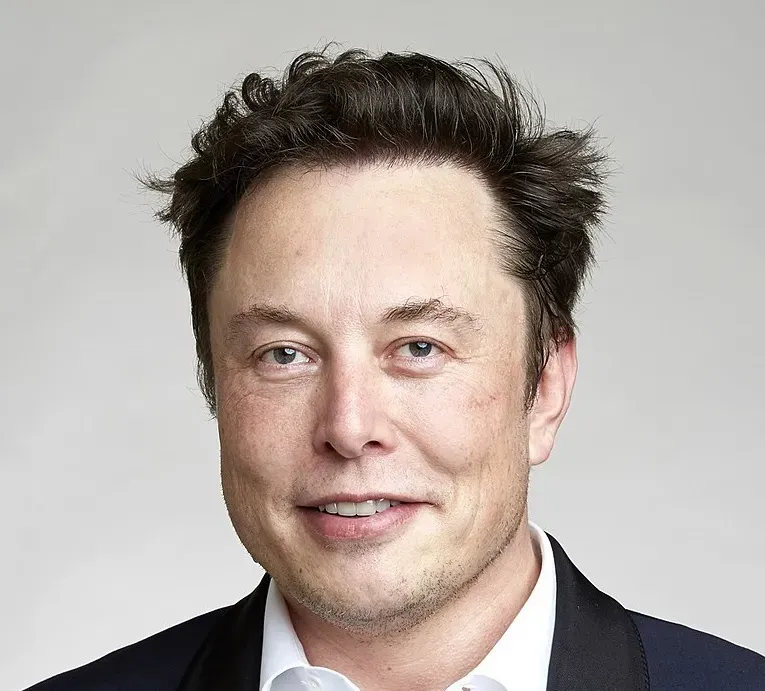
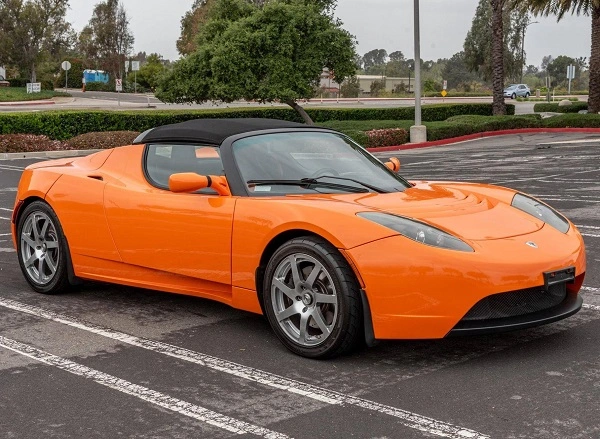
The first Roadster and Initial Success.
In 2008, Tesla introduced its first production vehicle, the Tesla Roadster. It was a high-performance all-electric sports car based on the Lotus Elise chassis but powered by Tesla's battery technology. The Roadster received critical acclaim for its impressive range and acceleration, challenging the notion that electric cars were slow and had limited range. The success of the Roadster helped put Tesla on the map as a serious player in the automotive industry.
Financial Challenges and the Model S.
Despite the Roadster's success, Tesla faced significant financial difficulties in its early years. However, in 2008, Tesla secured a loan from the U.S. Department of Energy, which played a crucial role in keeping the company afloat. Tesla utilized these funds to develop its next vehicle, the Model S. The Model S, a luxury electric sedan, was unveiled in 2012. It received widespread acclaim for its long range, performance, and innovative features. The Model S became the first electric vehicle to win the Motor Trend Car of the Year award, further solidifying Tesla's position in the industry.
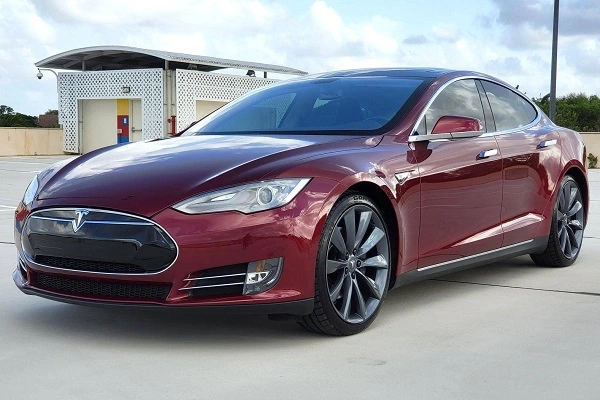
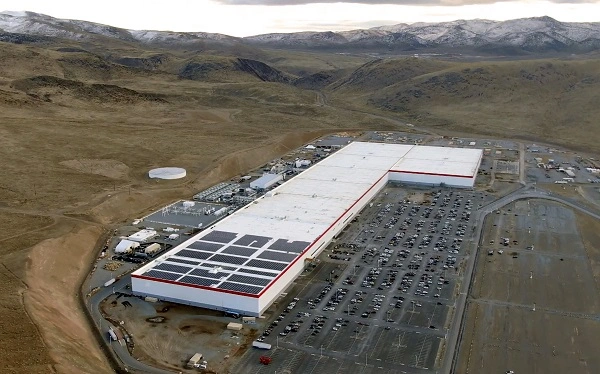
Expanding the Lineup and Gigafactory.
Building upon the success of the Model S, Tesla introduced the Model X, an all-electric SUV, in 2015. It featured distinctive falcon-wing doors and advanced safety features. Despite some production challenges, the Model X became another success for the company. In 2017, Tesla launched the Model 3, which aimed to bring electric vehicles to a wider audience with a more affordable price point. The Model 3 quickly became Tesla's best-selling vehicle and played a pivotal role in the company's efforts to achieve mass-market adoption of electric vehicles. To meet the growing demand for its vehicles and batteries, Tesla embarked on the construction of massive Gigafactories. These manufacturing facilities, such as the Gigafactory in Nevada, USA, and others around the world, enabled Tesla to scale up production and reduce costs.
Autonomous Driving and Software Updates.
One of Tesla's key focuses has been developing autonomous driving capabilities. The company introduced Autopilot, an advanced driver-assistance system, in 2014. Over the years, Tesla has continuously improved and expanded its Autopilot features through software updates, offering features like self-parking, adaptive cruise control, and advanced safety features. Tesla has also been a pioneer in over-the-air software updates, allowing the company to continuously enhance vehicle performance, add new features, and improve safety without the need for physical upgrades.
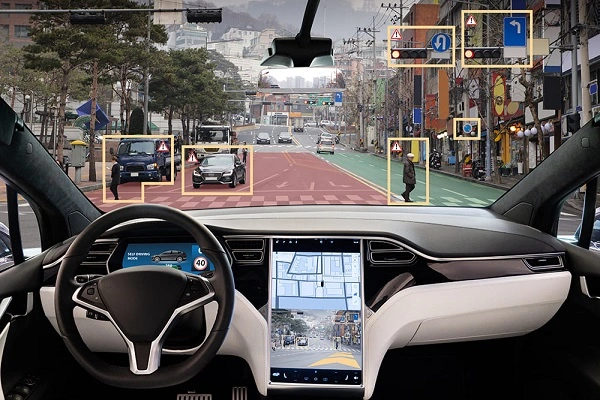
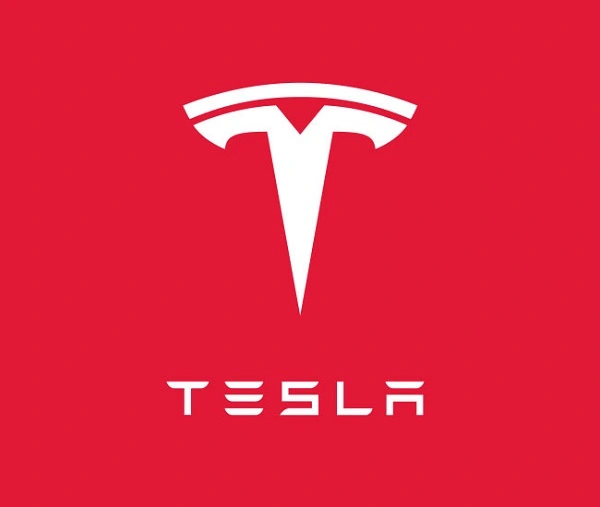
The history of the Tesla logo.
The Tesla logo is a distinctive and recognizable emblem that represents the brand's identity and values. The logo consists of a letter "T" combined with three horizontal lines positioned inside the "T." The design of the Tesla logo is said to have been created by Tesla's CEO, Elon Musk, with input from the Tesla design team. The logo has undergone some modifications since its initial introduction but has maintained its core elements. The letter "T" in the logo represents the name of the company, Tesla, and serves as a symbol for the brand. The "T" is stylized with sleek and clean lines, reflecting Tesla's focus on modern technology and innovation. Inside the letter "T," there are three horizontal lines, which are sometimes referred to as "energy waves." These lines symbolize the three main aspects of Tesla's business: electric vehicles, clean energy generation, and energy storage. The three lines represent the flow of energy and convey Tesla's commitment to sustainable energy solutions. The Tesla logo has become synonymous with the brand and is instantly recognizable worldwide. It represents Tesla's vision of a sustainable future, innovative technology, and the company's dedication to transforming the transportation and energy sectors.
The Rise of Tesla Energy and Tesla today.
In addition to electric vehicles, Tesla is involved in the production of energy storage products. The Tesla Powerwall is a home battery system that stores energy generated from renewable sources like solar panels for use during times of high demand or power outages. Tesla also offers the Powerpack and Megapack for larger-scale energy storage applications. Furthermore, Tesla operates a vast network of Supercharger stations worldwide, providing high-speed charging infrastructure for Tesla owners. Elon Musk, the co-founder and CEO of Tesla, is known for his ambitious vision and dedication to advancing sustainable transportation and renewable energy. Under his leadership, Tesla has become one of the most valuable and influential companies in the automotive industry, driving innovation and pushing the boundaries of electric vehicle technology.
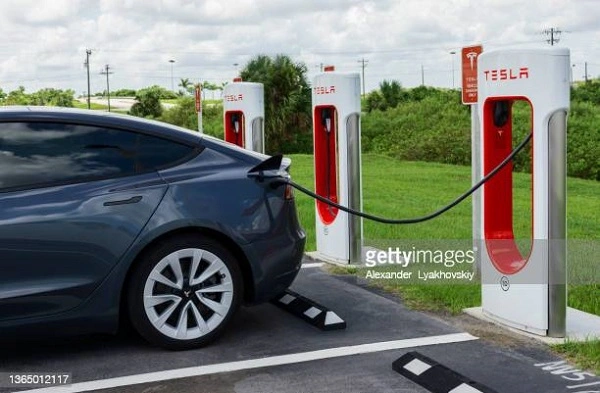
eXus Dev 2.6.2023

